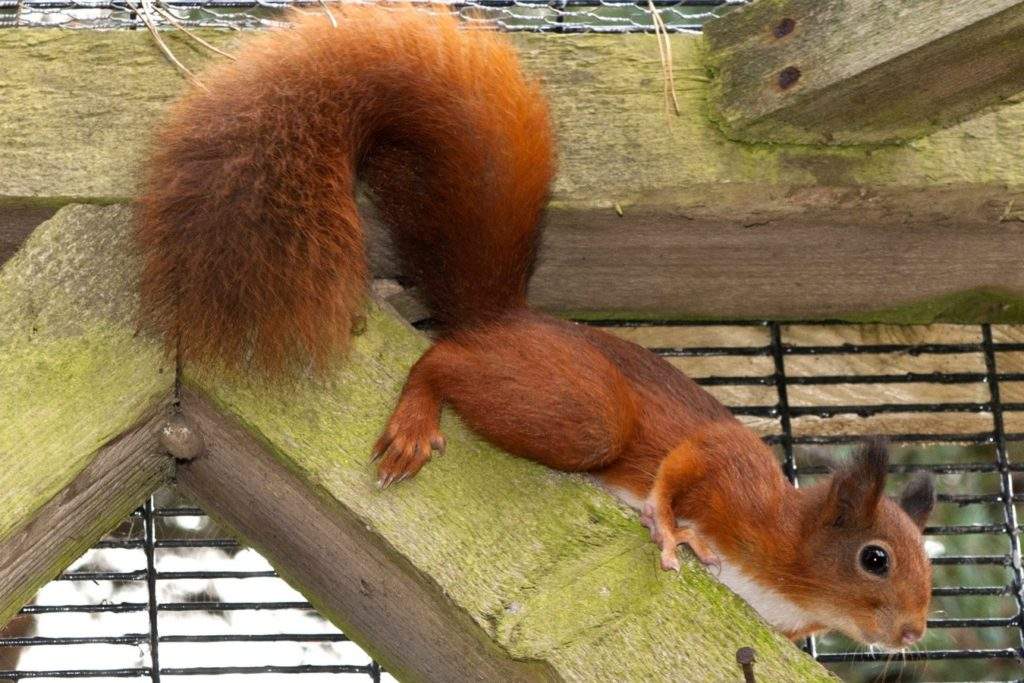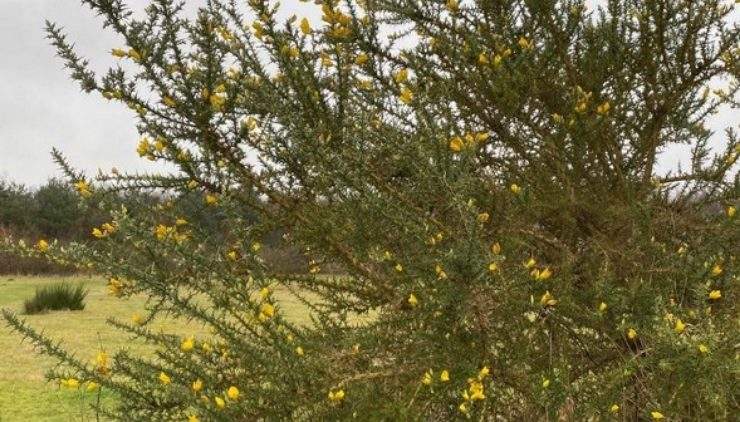History of Red Squirrels at Kelling Heath
- Categories:
- Wildlife

History of the Red Squirrel
Red Squirrels are associated with large areas of Scots Pine woodland like the one found across Kelling Heath Holiday Park. The Pines are used as a primary food source, cover for nest sites and as aerial routeways up in the canopy to shelter from predators.
At around 300 grams the Red Squirrel is half the weight of a Grey Squirrel and is subsequently better suited to move along the feathery high tops of Pine trees. Red Squirrels will spend about 70% of their active time in the tree canopy while Grey Squirrels will spend about 70% of their active time on the ground.
Once upon a time the Red Squirrel would have been a frequent visitor at Kelling Heath being the only native species of squirrel in the UK, whilst now they are an endangered species with an estimated population of 140,000 vs 2.5 million grey squirrels. Kelling Heath Holiday Park was one of the last places where a wild population of Red Squirrels lived in Norfolk. Some of the last Red Squirrels were seen as recently as 1979 by David Stapelford in Sheringham Wood. David was a co-founder of the East Anglian Red Squirrel Group alongside Kevin Hart (Norfolk Wildlife Trust) and Kevin is still involved at Kelling today.
A decline in species
Sadly, the introduction of grey squirrels in Cheshire in 1876 has resulted in a rapid decline of the Red Squirrel as unfortunately, the grey squirrel is a carrier of the Parapox virus which doesn’t affect their health but will often be fatal to the Red squirrel! Over the years there has been a loss of habitat due to change of land use which is thought to have contributed to the population crash. Additionally, grey squirrels are far more likely to eat green acorns, so they have decimated the Red Squirrels food source before they get to them.
Giving nature a helping hand
We joined the East Anglian Red Squirrel Group and introduced our first Red Squirrel enclosure in 1999. It obviously was going to be a popular attraction for our visitors but more than that, at Kelling, we are keen to embrace the natural environment and promote and support natural wildlife. So, whilst it is sad to see wild animals in captivity and much more rewarding to see them in their natural habitat, these squirrels are not simply for public show! We run a controlled breeding programmed at Kelling coupled with a reintroduction project led by Pensthorpe Conservation Trust (PCT), a wildlife and ecology charity based at Pensthorpe Natural Park near Fakenham. The aim of the scheme is to set up a reserve of animals that can be used for controlled and closely monitored release projects and help educate the public about the plight of the Red Squirrel.
Our breeding pair today are both captive bred squirrels, however, any young that they produce will either be part of a release projects or used in other breeding enclosures across the country. To date we have successful bred 34 kittens which have been successfully introduced into managed release programmes, working to readdress the population in the wild across the UK.
Future of Squirrels
Red Squirrels now only exist in larger numbers in Scotland, Ireland and on the Isle of Wight, Brownsea Island, Northumberland and the Lake District in England. There have been some successful Red Squirrel re-introduction studies carried out in places that are isolated from Grey Squirrels, or where the population of Grey Squirrels is heavily controlled, and where suitable habitat still exists.


